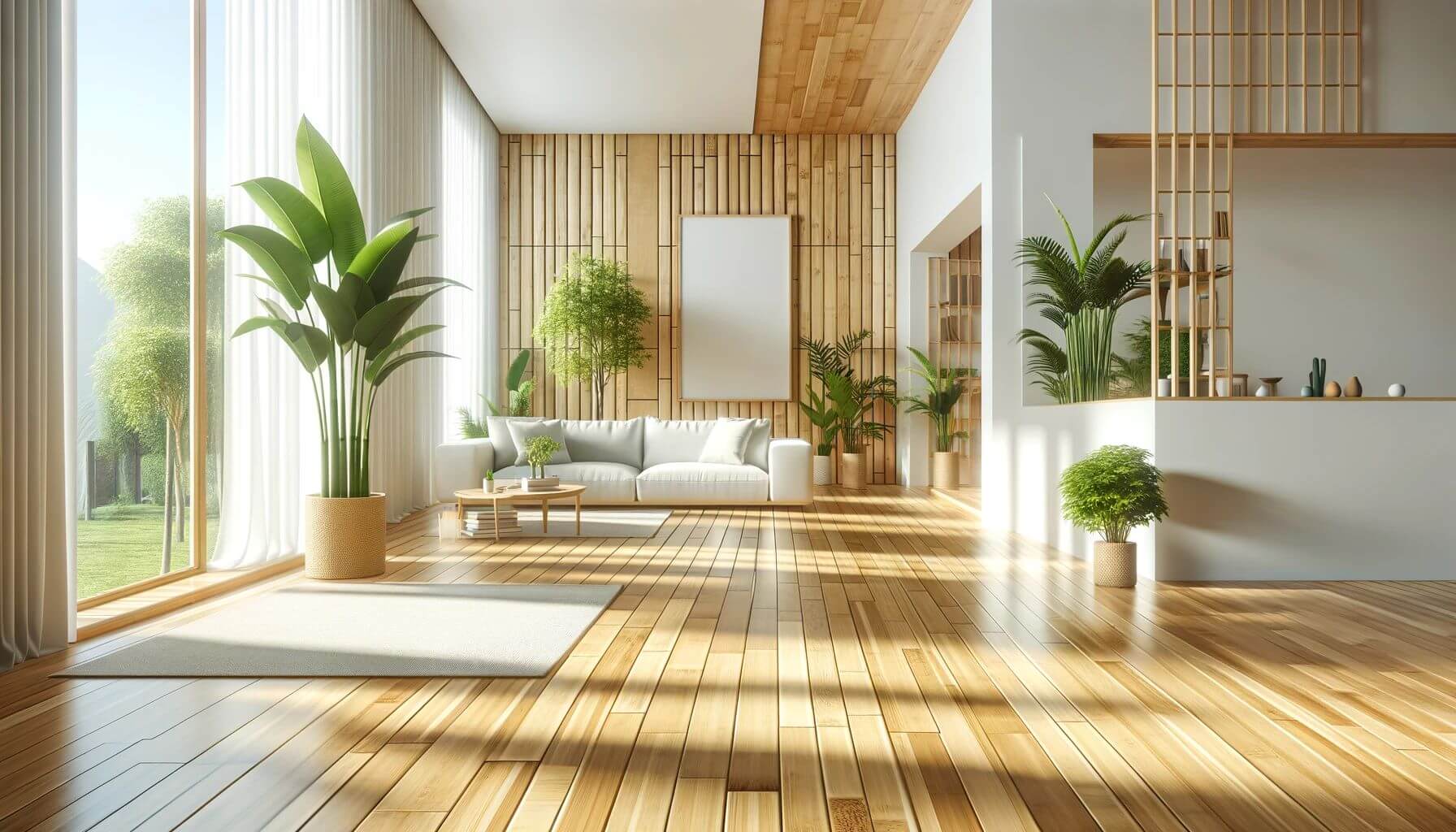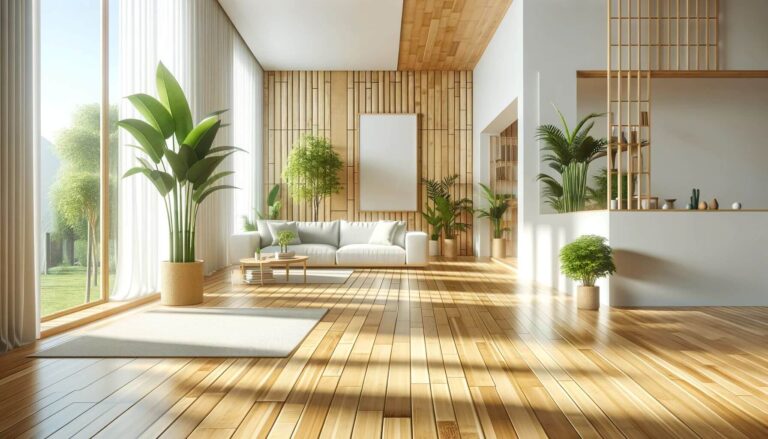
In today’s world, where sustainability is no longer a luxury but a necessity, eco-friendly building materials are transforming the way we design and construct our homes. Whether you’re building a new house, renovating your current space, or simply looking for ways to make your home more sustainable, this guide will walk you through everything you need to know about green building materials, sustainable construction, and environmentally friendly alternatives.
Why Eco-Friendly Building Materials Matter
When it comes to building or renovating a home, the materials you choose can have a profound impact on the environment, your health, and even your wallet. Eco-friendly building materials are designed to minimize environmental harm, reduce energy consumption, and create healthier living spaces.
For instance, materials like bamboo, recycled steel, and reclaimed wood are not only sustainable but also durable and aesthetically pleasing. They help reduce your home’s carbon footprint while improving indoor air quality by minimizing the use of toxic chemicals. Plus, many of these materials, such as cork and straw bales, offer excellent insulation, which can significantly lower your energy bills.
If you’re looking to build a sustainable home or simply want to incorporate eco-friendly materials for construction, this guide will help you make informed decisions that benefit both your family and the planet.
Exploring the Best Eco-Friendly Building Materials

Let’s dive into some of the most popular and effective eco-friendly building materials available today. These materials are not only sustainable but also versatile, making them perfect for everything from eco-friendly renovation materials to sustainable home building materials.
1. Bamboo: The Renewable Wonder
Bamboo is one of the most versatile and sustainable materials out there. It grows incredibly fast, making it a highly renewable resource. Unlike traditional hardwoods, which can take decades to mature, bamboo reaches full growth in just a few years.
This makes it an excellent choice for eco-friendly flooring, cabinetry, and even structural elements. Bamboo is also naturally resistant to pests and moisture, making it a durable option for any home.
2. Recycled Steel: Strength Meets Sustainability
If you’re looking for a material that’s both strong and eco-friendly, recycled steel is a fantastic option. By using steel that’s been repurposed from old buildings or products, you’re reducing the need for new mining and lowering CO2 emissions.
Recycled steel is perfect for structural supports, roofing, and framing. It’s also 100% recyclable, meaning it can be reused indefinitely without losing its strength or quality.
3. Reclaimed Wood: Beauty with a Story

There’s something uniquely charming about reclaimed wood. Salvaged from old barns, factories, or even ships, this wood carries a history that adds character to any home.
Using reclaimed wood for flooring, beams, or accent walls not only reduces the demand for new timber but also prevents perfectly good wood from ending up in landfills. It’s a win-win for both your home and the environment.
4. Cork: Nature’s Insulator
Cork is another renewable material that’s gaining popularity in sustainable construction. Harvested from the bark of cork oak trees, it’s a natural insulator that’s perfect for flooring, wall tiles, and insulation.
What makes cork truly special is its ability to regenerate after harvesting. The trees aren’t cut down, and they continue to absorb CO2, making cork a carbon-negative material. Plus, it’s naturally mold-resistant and provides excellent thermal and acoustic insulation.
5. Recycled Glass: A Second Life for Waste
Recycled glass is a versatile material that can be transformed into beautiful countertops, tiles, and decorative items. It’s durable, non-porous, and available in a variety of colors and finishes.
By using recycled glass, you’re diverting waste from landfills and reducing the energy required to produce new glass. It’s a stylish and sustainable choice for any home.
6. Straw Bales: The Ultimate Insulator
Straw bales are an excellent option for eco-friendly insulation. They’re renewable, biodegradable, and provide exceptional thermal efficiency, helping to keep your home warm in the winter and cool in the summer.
Straw is a byproduct of grain production, making it a low-impact material. It’s also easy to source locally, reducing transportation emissions.
7. Rammed Earth: Timeless and Sustainable
For those looking for a truly unique and sustainable option, rammed earth is worth considering. Made from natural materials like earth, chalk, lime, or gravel, rammed earth walls are not only eco-friendly but also incredibly durable.
Rammed earth offers excellent thermal mass, meaning it can absorb heat during the day and release it at night, helping to regulate your home’s temperature naturally. It’s a great choice for sustainable walls and eco-friendly exterior walls.
8. HempCrete: The Future of Green Building
HempCrete is a lightweight, biodegradable material made from hemp fibers and lime. It’s an excellent insulator, carbon-negative, and resistant to mold and pests.
While it’s still gaining traction in the construction industry, HempCrete is a promising option for eco-friendly construction materials and sustainable home building materials.
The Benefits of Going Green
Switching to eco-friendly building materials isn’t just good for the planet, it’s good for you too. Here are some of the key benefits:
- Reduced Environmental Impact: Sustainable materials are often sourced from renewable resources and have lower carbon footprints.
- Healthier Living Spaces: Many eco-friendly materials are low in VOCs, improving indoor air quality and reducing health risks.
- Energy Efficiency: Materials like cork and straw bales offer superior insulation, reducing heating and cooling costs.
- Durability: Sustainable materials like bamboo and recycled steel are built to last, ensuring your home stands the test of time.
- Aesthetic Appeal: From the rustic charm of reclaimed wood to the sleek finish of recycled glass, eco-friendly materials can elevate the look of any home.
How to Incorporate Eco-Friendly Materials into Your Home

Whether you’re building a new home or renovating an existing one, there are plenty of ways to incorporate eco-friendly building materials. Here are a few ideas to get you started:
- Flooring: Opt for bamboo flooring or reclaimed wood for a sustainable and stylish foundation.
- Walls: Consider rammed earth or hempcrete for sustainable walls that offer excellent insulation.
- Countertops: Choose recycled glass or reclaimed wood for a unique and eco-friendly surface.
- Insulation: Use cork or straw bales to keep your home warm in the winter and cool in the summer.
Final Thoughts
Choosing eco-friendly building materials is more than just a trend, it’s a commitment to a healthier, more sustainable future. From bamboo and recycled steel to rammed earth and hempcrete, there’s a green option for every part of your home.
By making eco-conscious choices, you’re not only reducing your environmental impact but also creating a home that’s beautiful, durable, and energy-efficient. So, whether you’re planning a major renovation or just looking to make small changes, now is the perfect time to embrace 5 ultimate guide to building a sustainable home with sustainable building materials and a better future for generations to come.



